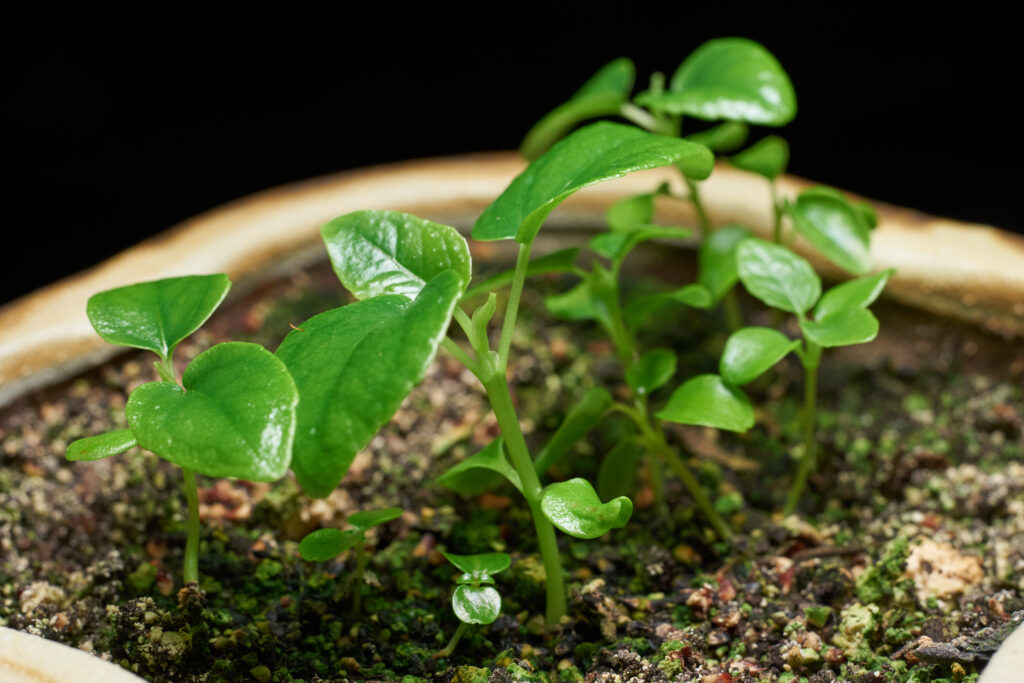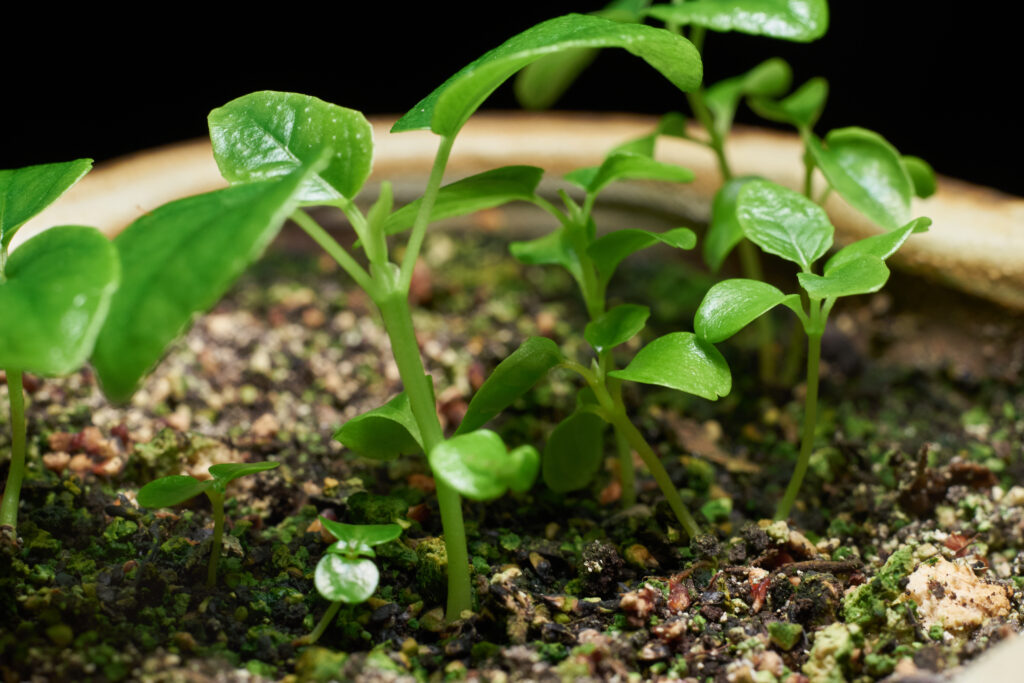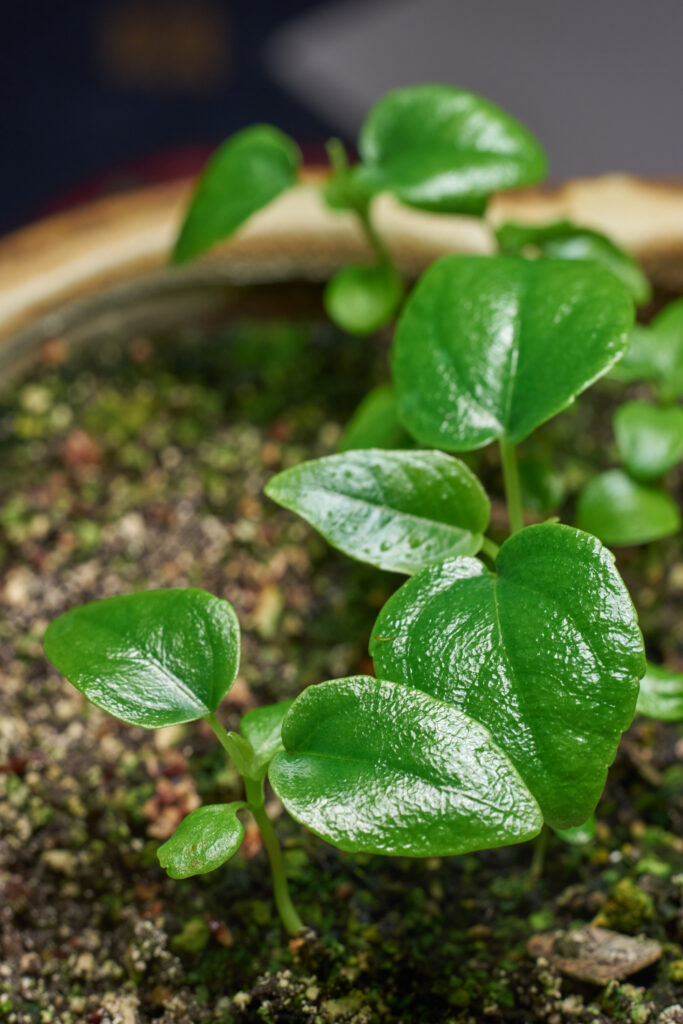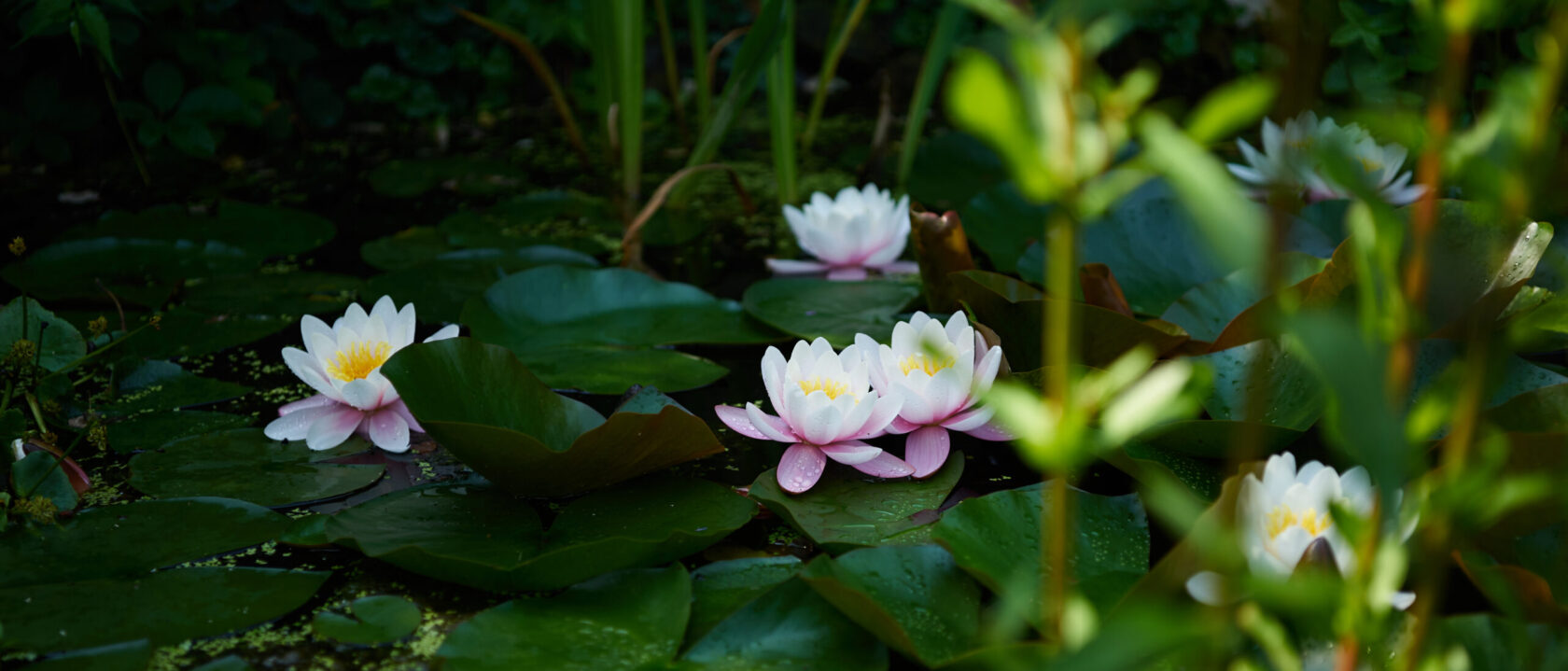In Reggio Calabria in southern Italy a number of huge trees line the boardwalk. The locals call them Ficus magnolioides. After some research I found there are a few names for this tree. The most common probably being Ficus macrophylla and Moreton Bay Fig. As it turns out this tree originates from the east coast of Australia.



I picked up a few fruits from the ground in the vague hope to grow a tree from the seeds. The aerial roots I cut off to make root cuttings are no success. After a few months in a pot of damp soil they rotted away. So the seeds are the only option left. There seems to be very little information about growing this species from seed. Also I couldn’t find a source for buying Ficus macrophylla plants. You can find a few online stores selling seeds though. At least in Europe that seems to be the only way to get this plant.
I opened the figs I brought from Italy and removed the seeds. There must be hundreds of seeds just from a few fruits. Some people recommend to put the seeds into a solution of hydrogen peroxide to clean the seeds. I’m not sure about what this does to the germination rate but I had no hydrogen peroxide at hand so I skipped that step.

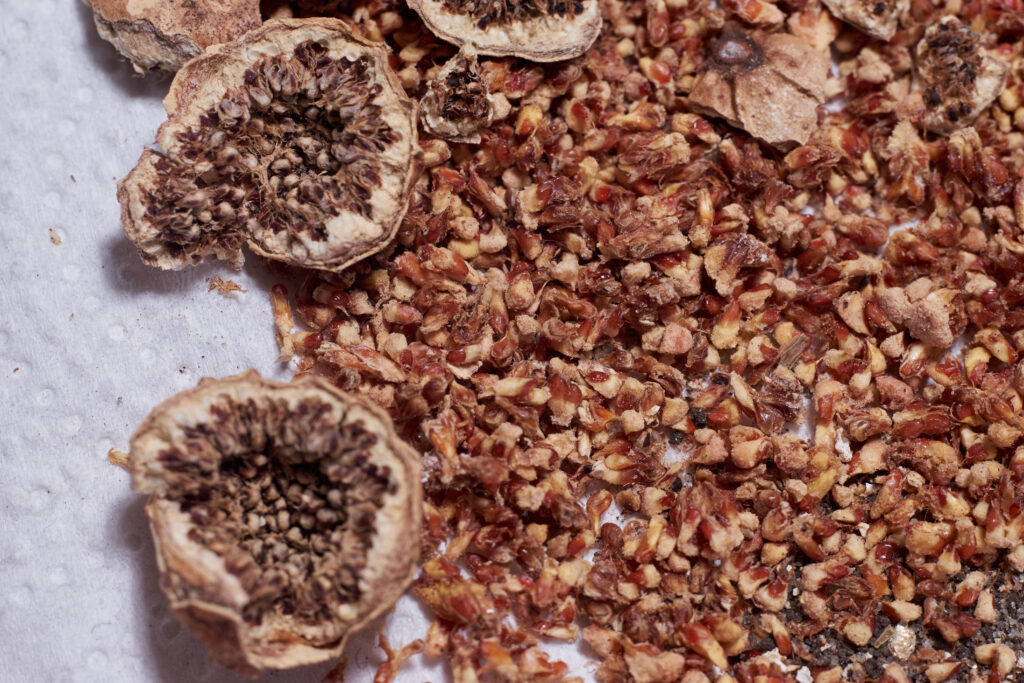
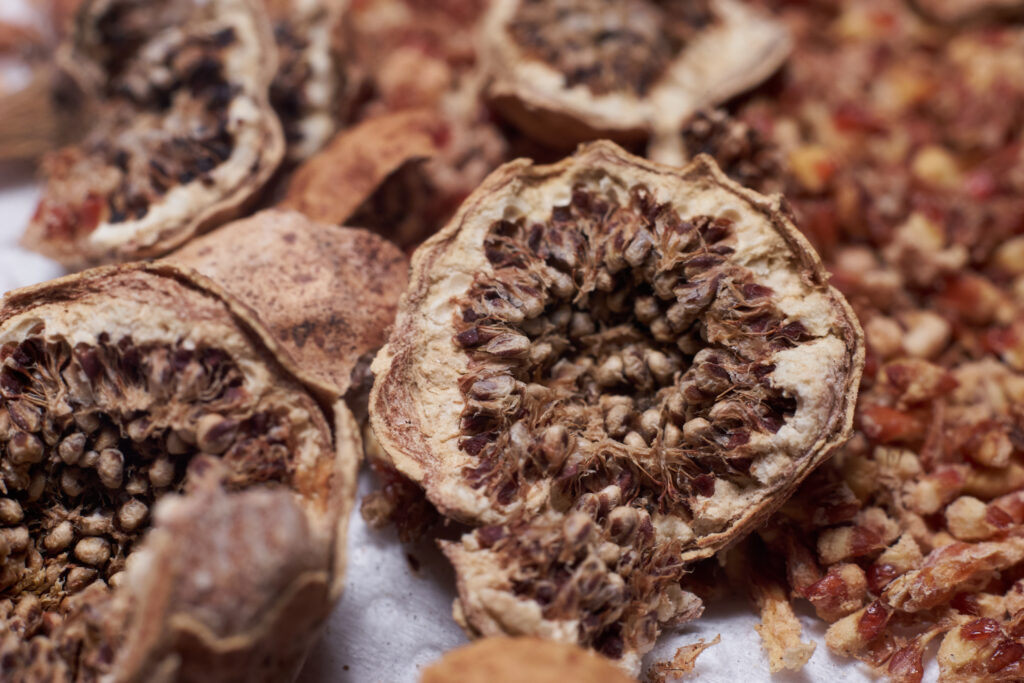
At first I planted some of the seeds in a mix of vermiculite and compost and just placed it on the windowsill. Being in central Europe autumn and winter are probably not a good time to start growing tropical plants from seed. It turned out the windowsill is way too cold for the seeds to germinate. After about two months I moved the pot into a metal box (one of those ammunition boxes). To the box I added a small 10 Watt halogen light bulb for heating. To prevent any problems with electric shocks I chose a 12 Volt type instead of a 230 Volt bulb. The light is powered by an old 12 Volt laptop power supply. I also added a thermocouple to check the temperature with a multimeter. The temperature isn’t critical but I wanted to make sure that 10 Watt is enough to keep the box reasonably warm and not overheat. It turned out the power was just right to keep the inside of the box between 25 and 30°C. The temperature made all the difference and after just a few weeks the first seedlings showed up.

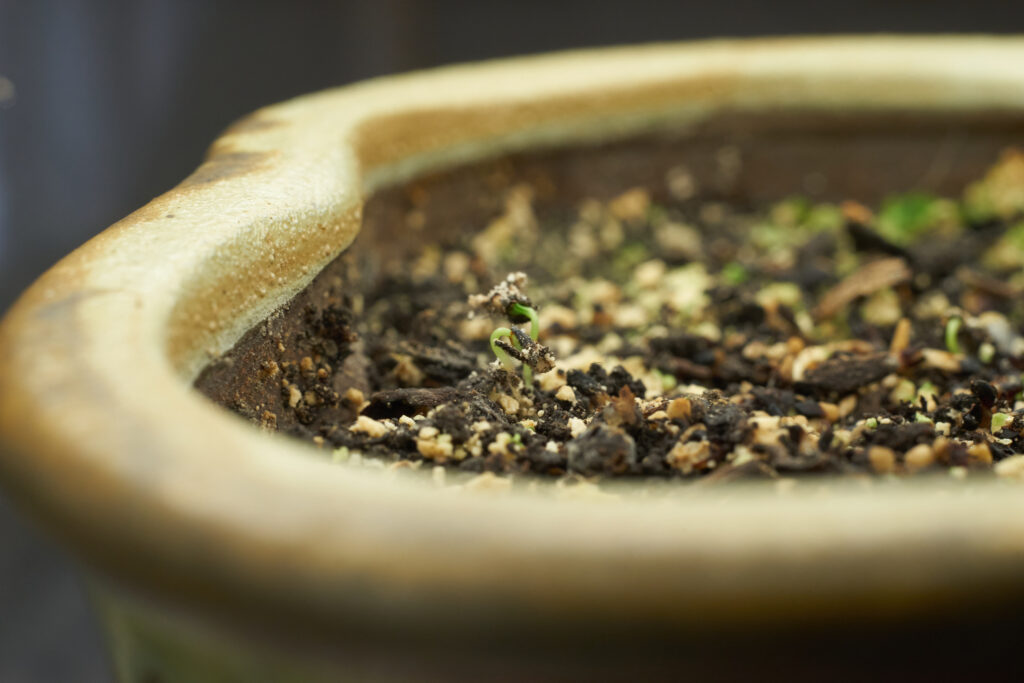
As soon as the seeds germinated ans showed their seed leaves I took them out of the metal box. I made a box shape from silicon bronze TIG filler and soldered all six sides together with a soldering iron and lead based solder. The wireframe is put inside a polyethylen plastic bag to create a miniature green house. The same 10 Watt lamp is put inside. To minimize the fire hazard I placed the bulb in a ceramic cup. The bulb is just for providing heat and I don’t care about the light. The mini green house sits near a window. To get more light during the still short winter days I put a piece of leftover LED strip on top of the plastic bag. It’s a warm light (2700 Kelvin) but I reckon it’s better than nothing. The LEDs are powered by the same 12 Volt power supply as the incandescent bulb. I turn off the LED light at night.

After about 7 to 8 weeks after germination the biggest seedlings are around 40 mm tall. I expected more seeds to germinate but no new leaves showed up for many weeks. It might be due to the lower temperature in the green house. Ficus macrophylla is said to need pretty high temperatures to germinate. There must have been at least 100 seeds in the pot. So the germination rate isn’t great. I still have quite a few seeds left which I might try again in summer when it’s easier to keep the temperature high. I might add to this article as the trees grow bigger.
